
The END of Back Pain?
Back pain (of physical origin)
boils down to 3 main causes:
And depending upon which is causing your back pain, the solutions are quite different. Let's go through them.
Mechanical Back Pain:
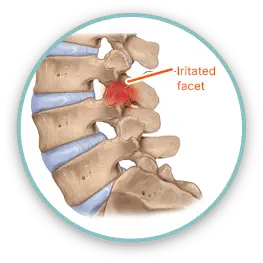
This is back pain that is a result of the way your body/spine/surrounding joints move and how they place asymmetrical (and unbalanced) pressure on certain areas, causing pinching of nerves, joint asymmetry, or a "stuck" facet.
Digestive Back Pain:
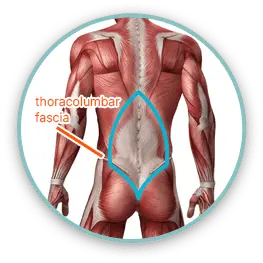
This is back pain that is caused through the pulling of myofascial tissue -- or a connective web of tissue -- that gives your body shape or form. Essentially, this tissue goes from your abdomen, attaches to your ribs, and then wraps around your back to attach into your spine. When there is digestive stress, this tissue tightens and simulates "mechanical back pain", although the treatment priority is quite different.
Neurological Back Pain:
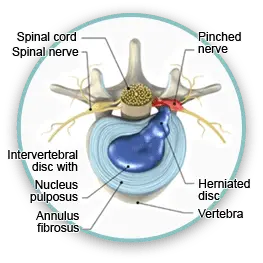
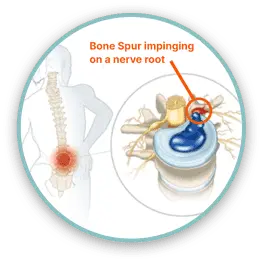
This is back pain that is caused by nerve compromise, or pinching, compression, or asphyxiation of spinal nerve roots, causing traveling pain through either exciting or suppressing nerve activity. This type of back pain includes a herniated disc that is causing compression on a nerve root, as well as stenosis, which is a narrowing of a spinal/bone canal that squeezes a nerve root and also causes compression. The good news is that 80-85% or more of neurological back pain can be treated through conservative care (meaning Physical Therapy, exercise, and diet) by treating it as a mechanical issue. The other 15-20% or so of neurological back pain responds best to surgery, which is when the herniated disc, for example, presses inwardly towards the spinal cord; or when a herniated disc or bone spur becomes fully attached to a nerve root and is unable to detach through movement-based rehabilitation.
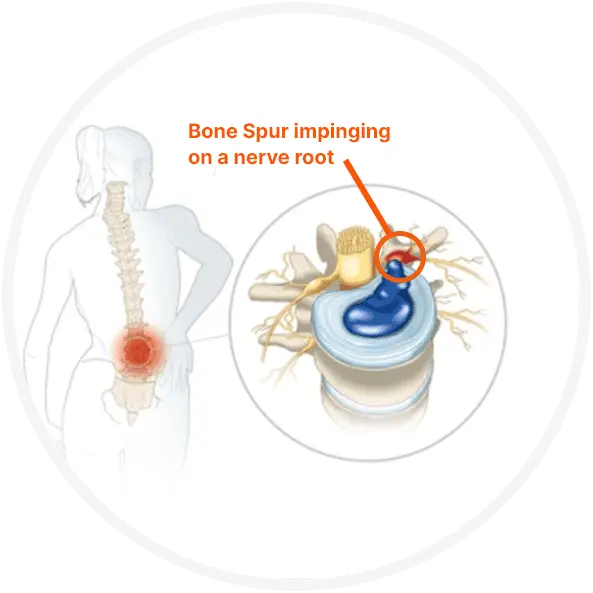

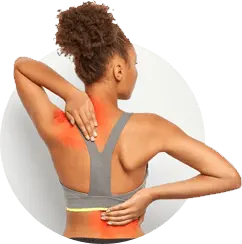
In general, surgical intervention is not recommended for back pain and 'will' result in long-term deficit or chronic back pain over time. A good rule of thumb before deciding to get any surgery is to evaluate whether or not it will be worth living in a 2 to 4 out of 10 pain level for the rest of your life as a result of getting surgery.
Of course, this is dependent upon how much pain you're in right now and the chances of success of the surgery. For total clarity, if the surgery is a success, you are likely to experience ongoing pain in your spine for the rest of your life, albeit potentially more moderate than before.
You see, surgery causes scar tissue, which then results in mechanical back pain. By alleviating pressure on a nerve root through surgery, however, muscle strength and sensation can return. So, when it's necessary, surgery can be quality-of-life saving.
Similarly, if a herniated disc is centralizing (going towards the spinal cord), then surgery. may be the only way to prevent severe disability or paralysis. Once again, when surgery is indicated, it can be quality of life -- or even in some cases -- life saving.
Now, let's talk about solutions for each type of back pain that DO NOT involve surgery and have a ridiculously high chance of success without any pain pills, pain creams, or regular visits to a Physical Therapist, pain doctor, or chiropractor...
Solutions for Back Pain WITHOUT Surgery (80-85% success rate expected, out of all back pain cases):
Why?!
Because back pain only requires surgery if a herniated disc or bone spur is attached to a nerve root and won't let go (5% or so of cases) or pressing in centrally, resulting in potential compromise for the spinal cord (15% or so of cases).
When surgery is not a requirement,
getting out of back pain comes down to:
Myofascial Release

There is a connective web of tissue that runs through your entire body. It's what gives you shape or form, holds your organs in place, and even affects joint position and pressure on muscles, tendons, ligaments, capsules, and so on. In your whole body, you get about 2.5cm of slack, which means that when the slack is taken up (which commonly is the case when people have back pain, are age 40 or older, or have gone through significant physical, mental, emotional, or spiritual trauma in their lives), you can no longer heal the way you once could. Restore myofascial slack and get the feeling of youth back!
Posture
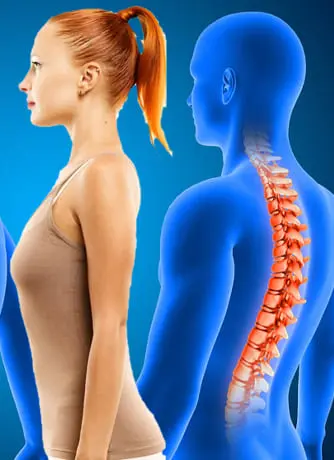
We tend to think about posture as how straight we stand up, although it's much more... there is also sitting posture, walking posture, and even sleep posture. Dynamic posture, however, is perhaps the most relevant when it comes to back pain. Why, you might be wondering? Because dynamic posture is posture while moving, which means that with every step you take you either place healthy or unhealthy pressure on joints. If, for example, you have improper footwear, then every step you take will cause you to place 90-95% of the impact of walking (equates to thousands of pounds of pressure or more) into the low spine. And that's with every 'walking' step you take; running is exponentially more pressure and stress to the spine if dynamic/movement-based posture is off. The field of posture with movement is called biomechanics and it's one of the main areas of study for Physical Therapists. Improve your biomechanics -- or dynamic posture -- and you'll get out of pain.
Pain Scale
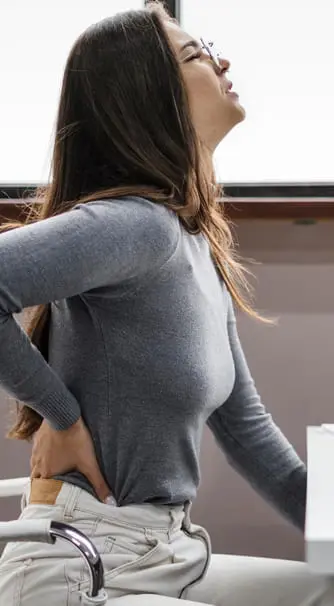
When it comes to rehabilitation, there is a "healthy" amount of pain you can be in. In other words, there is a certain amount of inflammation that is considered healing and productive, while too much or too little is counterproductive. The pain scale comes down to a question you can ask yourself on a regular basis, before your routine, and after your get-out-of-pain routine. Here is the question:
- On a scale of 0 to 10, where:
- 0 = no pain whatsoever and
- 10 = emergency level pain, how much pain are you in right now?
Generally speaking, up to a 3 out of 10 means that you are not getting inflamed. This is good for joint pain on the inside or chronic inflammatory issues. Between a 5- 7 out of 10 is generally best for strength training and muscle soreness to follow.
So, gauge what type of activity you are doing and then choose the appropriate range of pain/discomfort to follow. If you're strength training under a 5-7 out of 10 soreness, you could probably grow muscle more quickly and efficiently. On the other hand, if you're doing myofascial release work, stretching, or cardiovascular exercise, anything above a 3 out of 10 is too much.
Mobilization
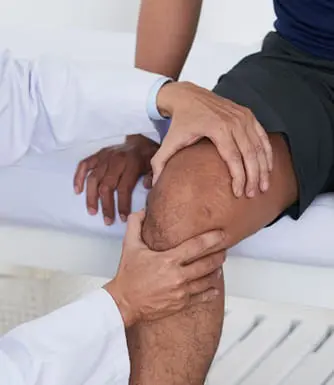
Increasing capsular mobility, or the "balloon" that connects the two bones that make up any joint, is completely different from "stretching". "Stretching" is done to increase muscle length. Mobilization -- or joint mobilization -- is done to increase capsular mobility, or the room that bones have to move and glide upon one another. If your shoulder capsule is tight for example, then you will inevitably have forward shoulder posture, which rounds the mid-back and causes the low back and neck to flatten. This postural deviation is common, especially with people who sit for a living. Mobilize a joint (through myofascial release or self-mobilization) to restore a more natural range of motion, so moving no longer leads to inflammation.
Symmetry
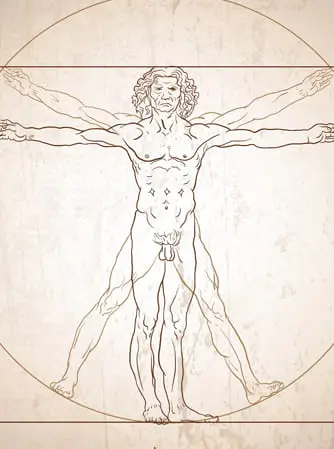
The body is like a balance scale, except instead of one direction of teetering for the balance scale (i.e. left right or forward backwards), it's all directions of teetering to balance one body part to the next. This means you are healthiest when you are balanced -- or aligned -- right to left, top to bottom, front to back, and around in every possible direction and diagonal. How?? It's simple. Your body is already designed this way; it's how you were made. All you have to do is start with symmetry, meaning if one side is restricted, go easier on the other side. If one arm is weaker, lift lighter weights in the stronger arm. If one side is pain free, make sure the other side is pain free before progressing. When you turn to the right while sitting, make sure you turn the same distance to the left. Instead of asking for more umph where it doesn't exist, cater to the more limited or weaker side and your body will naturally align.
Controlled Movement
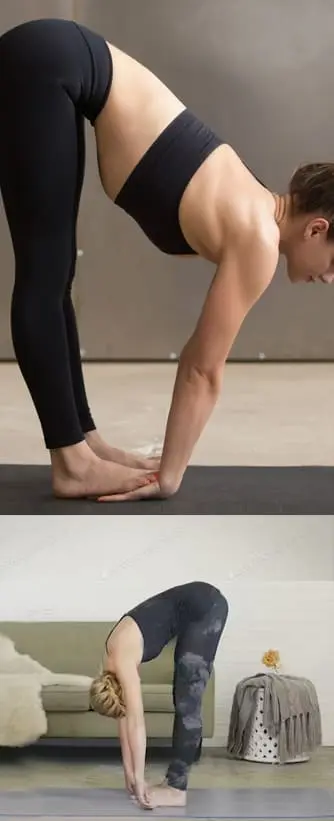
If I say to you: "bend over and touch your toes" and then I ask 9 other people in line to do the same, do you think you will all move the same way? Or do you think some of you might bend at the waist, some through your spine and some through your knees & ankles? Well, the answer is that without specific instruction on how to move, each of you will more than likely move a bit differently than one another.
Now, what happens if I say to you: "Tuck your tummy, squeeze your buttocks, and make sure your core is on such that your spine does not round when you bend over. Now, bend over and touch your toes."?
Well, for starters, if you get up and try this right now, you'll immediately realize how much harder it is to touch your toes and how much more stretch you feel in the back of your legs. Secondly, you will have normalized movement, meaning we now know which muscles & tissues we are asking to dynamically lengthen, so you'll get the proper stretch to your hamstrings rather than strain your low back. It's a huge difference... because bending over to pick up a pencil with a rounded back places about 220 pounds of pressure into your low spine. However, bending over with a flat back -- or through your knees to pick up that pencil -- only places a few pounds of pressure in your low spine. What a difference!
Control movement to re-organize your nervous system, build symmetry, and only place stress on muscles, tissues, and joints that are meant to take it. Re-learn how to move, one segment at a time, and then two or three together. Practice basic movements like getting out of bed, sitting to standing, and standing to walking. Visualize movement with your eyes closed and all five senses; then, get up and do it. Try something faster or slower, such as a squat, press, or twist.
By controlling movement, you are taking pressure off of what causes the pain, while also figuring out exactly which movements do cause pain so you can back off a bit and progress over time...
Progressive Exercise
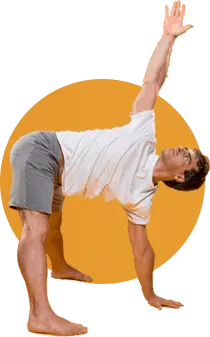
Movement stress leads to adaptation, or the ability to accept more demand on your body over time. In other words, by progressing your exercise program over time, you gain strength, endurance, and postural stability -- all at once. A simple example is sitting and turning to the right or the left, or bending forward and backwards while hugging yourself. These simple movements are best done one segment of your spine at a time, meaning that as you tip your chin downward towards your chest, you imagine -- and do your best to feel for -- the first vertebrae in your neck moving, then the second, and so on; all the way down your spine to your tailbone that you're sitting on. Then, as you extend back upwards, envision -- and feel for -- the opposite, beginning at the bottom of your spine and extending upward until you are tipping your head back and extending in your neck. It's the same thing turning right or left, or sidebending in each direction; however, because it's one side at a time with sidebending and twisting, keep symmetry in mind! Progressive exercise leads to progressive function, which means you'll feel better doing more activities than before by challenging your body over time.
Diet
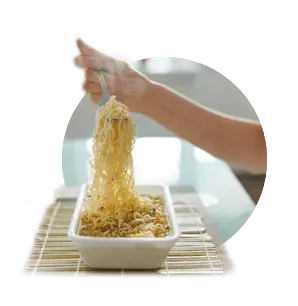
Grains, gluten, dairy, the wrong types of meats, and produce ruined by pesticides/herbicides are some of the most common culprits that lead to gut inflammation. Consider removing lectins from your diet to ease digestive stress, as this winds up the thoracolumbar fascia that connects your abdomen & gut to your spine. By modifying the foods you eat to avoid gut inflammation, you are taking stress off of your spine.
Please notice that none of the above solutions to get out of back pain include pain pills, pain creams, supplements, or pain relief alternatives like balms or expensive visits to a chiropractor or a Physical Therapist for months. Instead, we're talking about things you can do on your own to not only get out of pain but live without pain as well.
And, as you can see, one of the absolute BEST things you can do to get out of back pain is myofascial release.
On the next page, we're giving away a 12-step self-myofascial release program. Please click below for more details: